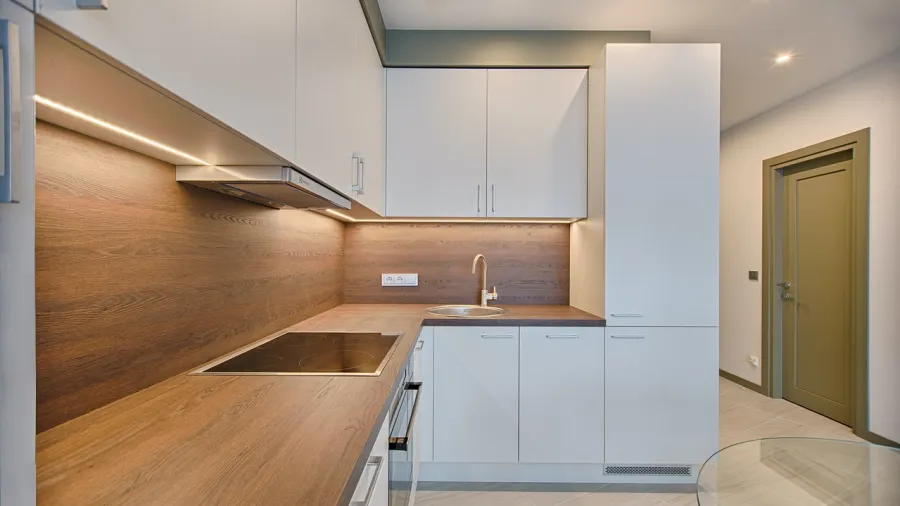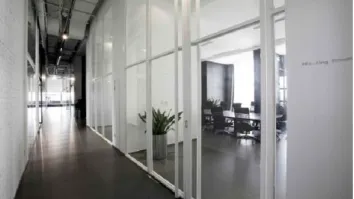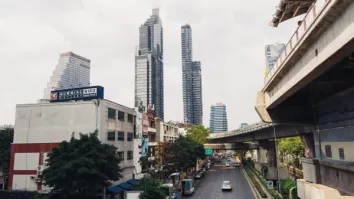
Trends in Greater Tokyo’s for-sale condominium markets revealed
The Tokyo 23W saw a 14% decline in market size.
While Tokyo’s residential rental market has proven its stability, Savills said in a report that it admittedly did see slight corrections during the pandemic. On the other hand, for-sale condominiums have been unwavering in their price increments. According to the Real Estate Economic Institute (REEI), in 1H/2023, the average price of new condominiums in Greater Tokyo reached a new record price of JPY88.7 million.
“While a number of luxury condominiums that were sold in the 23W skewed this figure by a considerable margin, the overall rhetoric of rising prices remains firm – prices in Greater Tokyo have grown 3.3% annually between 2012 and 2022,” the report said.
Here’s more from Savills:
Despite the increasing prices, the overall market size of for-sale condominiums in Greater Tokyo appears to have decreased during pandemic years (2020 to 2022) compared to pre-pandemic years (2017 to 2019), with average annual sales volumes between the pandemic years around 10% lower than those in the pre-pandemic years, showing that the higher prices were not sufficient to offset the decline in volume.
That said, the trends between respective markets have not been uniform. Firstly, the Tokyo 23W has seen the largest increase in average prices of 13% from pre-pandemic years to pandemic years, but also the largest decline in supply of 23%, resulting in a 14% decline in market size.
Meanwhile, Tokyo ex-23W and Kanagawa saw similar trends, with both markets seeing almost no changes in condominium pricing, but with supply decreasing by 17% and 10%, respectively, hence leading to market size contracting by 16% and 11%. In these two markets, average prices are thought to be approaching the upper limit of what prospective buyers are able to afford, leading to some postponing or forgoing purchases.
On the other hand, Saitama and Chiba have displayed trends somewhat different to their peers. Between pre-pandemic years and pandemic years, Saitama’s supply of condominium units only saw a slight dip of 2%, while Chiba’s supply increased by 10%. Prices of Saitama and Chiba grew by 11% and 4%, leading to the market sizes growing by 9% and 15%, respectively.
Condominiums in Saitama and Chiba are the least expensive within Greater Tokyo, and this comparative affordability, on top of more prevalent remote work options, may have pushed some buyers to seek alternatives in these prefectures. Indeed, Saitama and Chiba have seen some higher-end developments pop up in the area, perhaps fuelled by this sentiment in the market.
Overall, the rising prices and decline in supply of condominiums in the 23W, and the extended shrinking market in the more suburban areas of Tokyo ex-23W and Kanagawa, will significantly raise the entry bar for people looking to buy condominiums in these locations, and many will likely resort to the rental market.
Furthermore, there are multiple headwinds against the condominium market that are expected to keep prices elevated. On top of new labour regulations that will limit working hours in the construction industry, construction costs have seen significant increments in the past years, and land suitable for for-sale condominium developments has become more difficult and expensive to procure, which is not only likely to lower supply, but also compel developers to raise selling prices in order to maintain their profit margins.
Additionally, the ultra-low mortgage rates that helped to fuel the market will likely see modest increments as the Bank of Japan further normalises monetary policy, hence impeding purchasing power somewhat. The for-sale market is likely to decrease in size at least in the short-term, meaning that there should be increased demand for the rental residential market.



















 Advertise
Advertise





